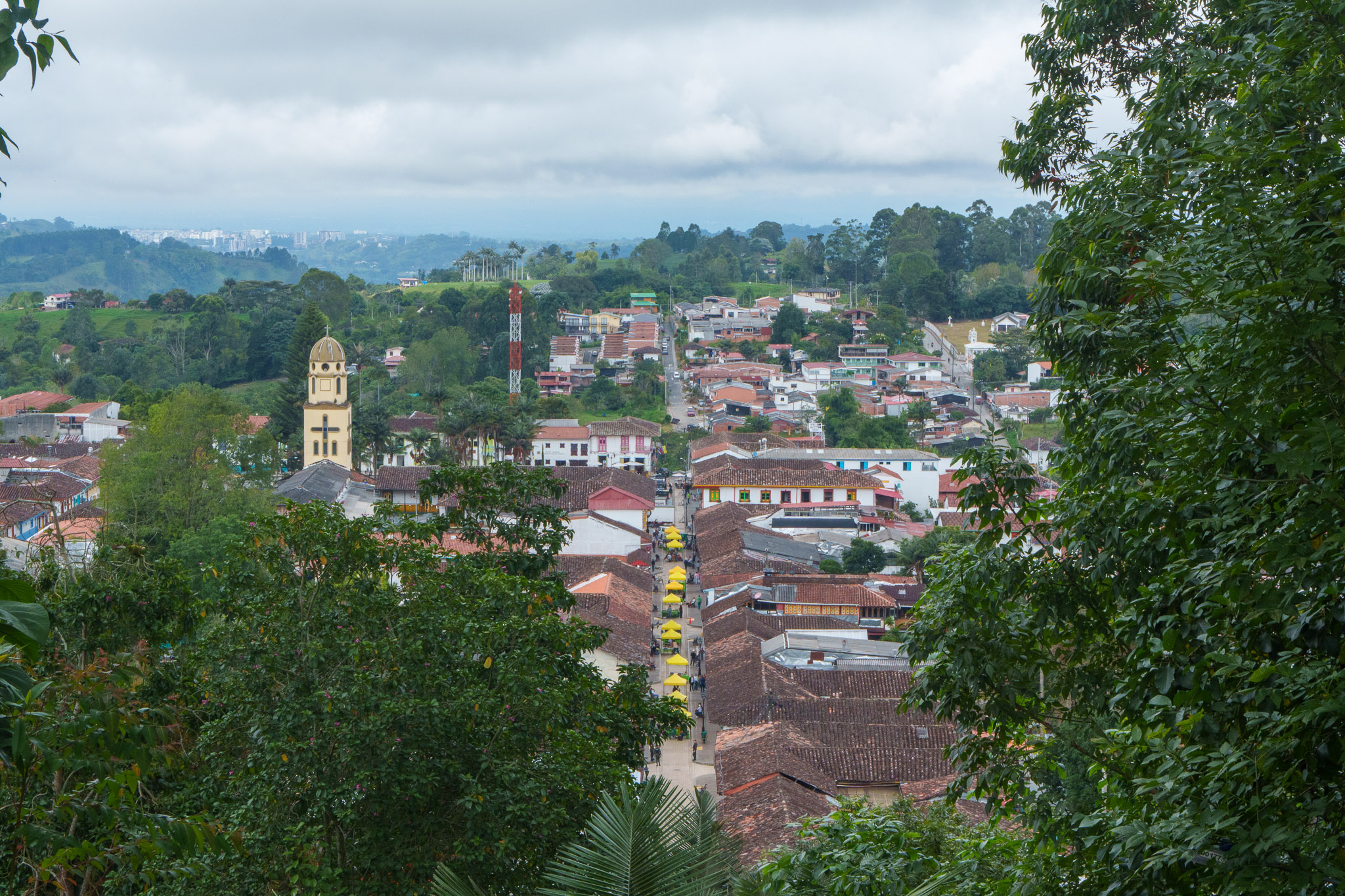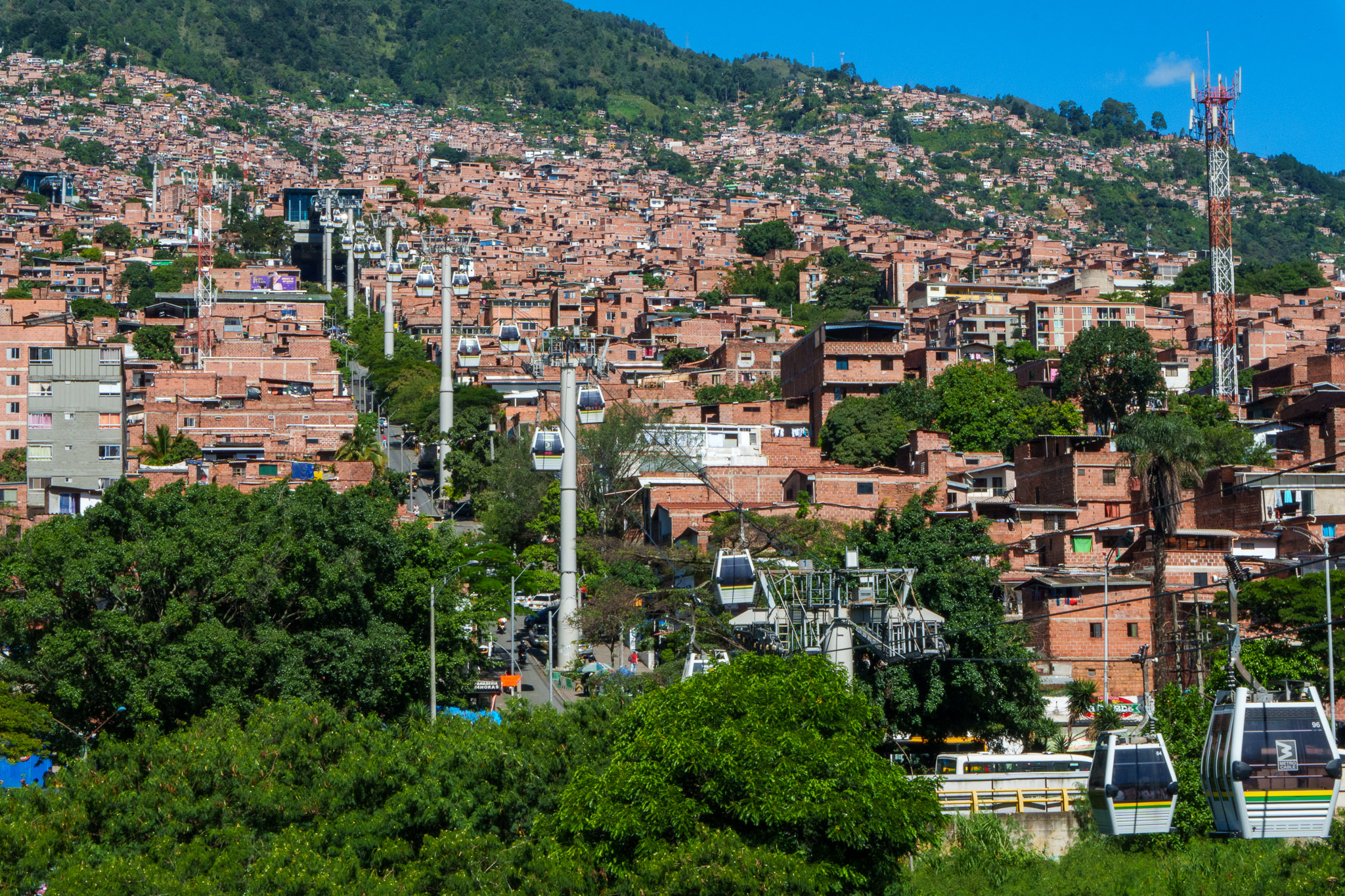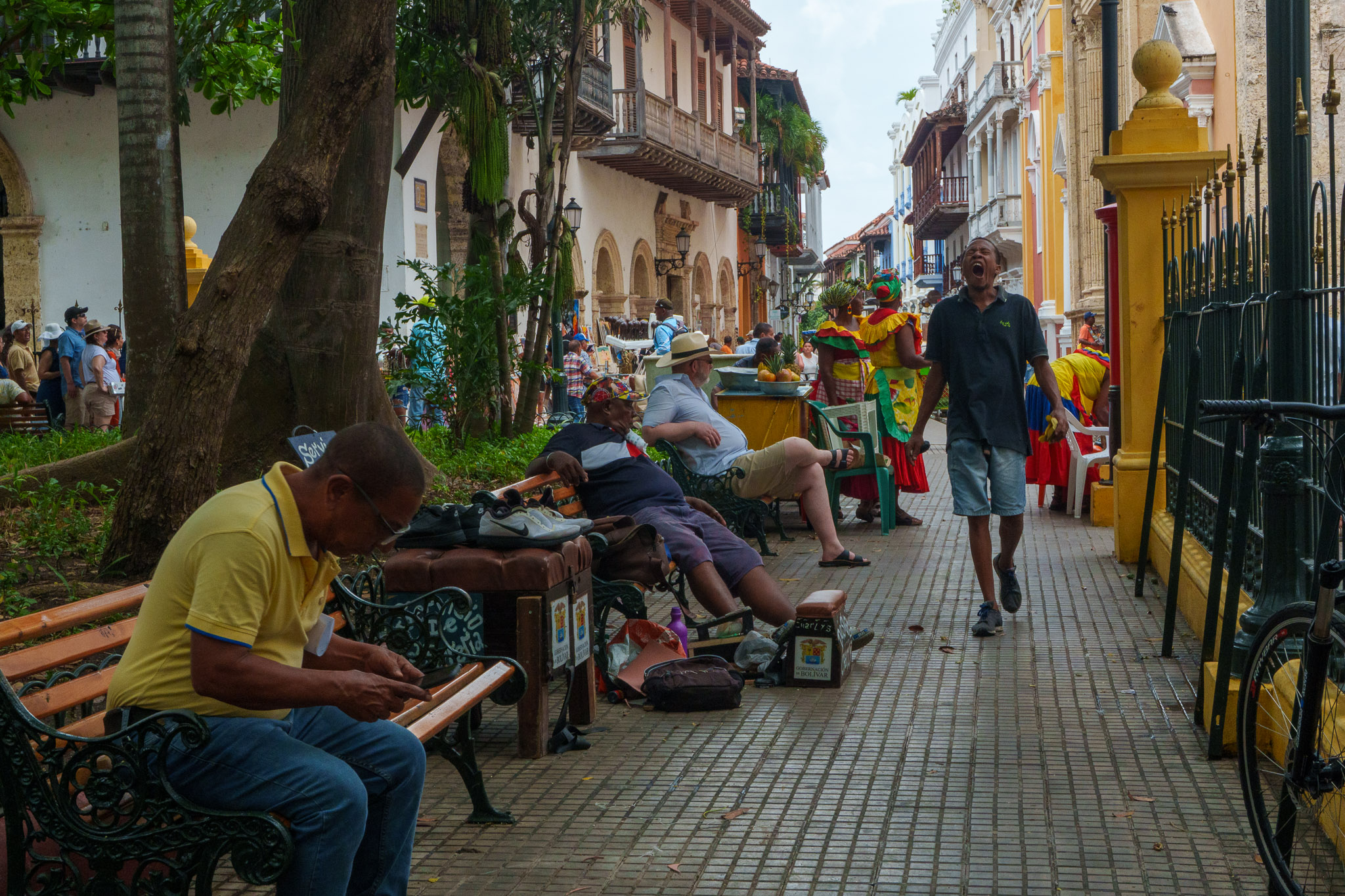In one word, yes. But this is my personal experience and also what I have heard from many other travelers. Colombia is not a perfect country, but I have found it to be safe, even safer than some countries in Europe. Here, I share my real experiences so you can prepare for your next trip and travel with confidence. This Colombia safety guide is based on my journeys and honest feedback.
My Experience Traveling in Colombia
I have visited Colombia three times over the past decade. The first time was as a full backpacker, moving every three or four days to a new place. The second time, I spent six months in Medellin for an engineering exchange with my French university. The third time, I returned as a digital nomad, working remotely and traveling at a slower pace.Each trip gave me a different perspective on Colombia’s safety. Here is my feedback for each type of travel.
Backpacking in Colombia: Safe and Welcoming
My first time in Colombia was as a backpacker, and I was excited to discover the country. I crossed from Ecuador to Cali by bus, continued to Medellin, and visited several places before heading to Panama. During those three weeks, I never felt in danger. Whether I was on the bus, at the station, in the streets, or even in the metro, I felt safe everywhere.
When you are backpacking, you do not carry many expensive things, so you are less of a target. Also, Colombians are genuinely kind and welcoming. This is something I noticed everywhere, and it made my Colombia travel experience even more enjoyable.
Studying in Medellin: Everyday Life and Safety
I spent six months studying in Medellin at an engineering school. I lived in a shared apartment with other students. We had parties, visited friends, and often went out late at night. All of that was fun, and at no point did I feel threatened or unsafe, even at three in the morning when the streets were empty except for a few locals.However, one friend had his phone stolen by a pickpocket in the metro. He did not feel anything, which is typical of pickpocketing in busy places. This is common in big cities across South America. You will see locals carrying their backpacks in front of them on public transport to prevent theft. Pickpocketing exists, like in every busy city in the world, and it is something to be aware of.
Digital Nomad Life: Exploring More of Colombia
In 2025, I had the chance to explore even more places in Colombia. I visited the Caribbean coast, Bogota, the Antioquia region, and the Pacific coast. Everywhere I went, locals were warm and welcoming to foreigners. Colombians of all ages are friendly and easy-going. Despite the country’s tough history and negative stereotypes, that is mostly in the past and only represents a small part of Colombia’s story.During this time, nothing bad happened to me or my friends. You need to be careful in big cities, as you would anywhere, but in small villages, everyone knows each other and nobody would harm a tourist. People understand that tourism is important for their community.
The Reality of Internal Conflict
Traveling in Colombia is safe, based on my months spent there over the years. However, there are still regions you should avoid. Some areas, especially in the east near the Venezuelan border or in the Amazon, have paramilitary groups and occasional unrest. Sometimes these regions are calm for years, then something happens unexpectedly. Always check the current situation before your trip. If you stick to classic tourist destinations like Cartagena, Santa Marta, Bogota, Salento, and Medellin, you should have no problems at all.
Conclusion: Is Colombia Safe for Travelers?
There may be a minority of people who steal or commit crimes in certain districts, often to survive. But this is a minority, just like in any city in the world. Most incidents happen in less crowded neighborhoods. Overall, Colombia is a safe and rewarding destination if you stay aware and use common sense.
FAQ
Do I need a visa to visit Colombia?
Most travelers from Europe, the Americas, Australia, and several other countries do not need a visa for stays up to 90 days. You only need a valid passport and a return ticket. Check your country’s requirements before traveling.
Is Colombia safe for tourists?
Colombia is considered safe for tourists in most areas, especially major cities and tourist spots. Like anywhere, use common sense and avoid risky neighborhoods at night.
What is the best way to get around Colombia?
You can travel by domestic flights, long-distance buses, and taxis or ride-hailing apps in cities. In rural areas, buses and colectivos are common.
What currency is used in Colombia?
The official currency is the Colombian peso (COP). Credit cards are accepted in most cities, but cash is needed in rural areas.
What is the weather like in Colombia?
Colombia has a tropical climate with regional variations. The Caribbean coast is hot year-round, while Bogotá and mountain areas are cooler and can be rainy.
Is it easy to travel in Colombia without speaking Spanish?
You can travel without Spanish, but knowing basic phrases helps a lot. English is not widely spoken outside tourist areas.
What are the must-see places in Colombia?
Don’t miss Bogotá, Medellín, Cartagena, the Coffee Region, and natural sites like the Cocora Valley and Tayrona National Park.
Are there health precautions or vaccines needed?
Routine vaccines are recommended, plus hepatitis A and typhoid. Yellow fever vaccine is needed for some regions like the Amazon.
How much time should I spend in Colombia?
A week lets you see one or two regions. Two to three weeks is ideal for exploring cities, the coast, and the countryside.
What should I pack for Colombia?
Pack for varied climates: light clothes for the coast, a sweater or jacket for cool mountain cities, and rain gear. Don’t forget sunscreen and insect repellent.



